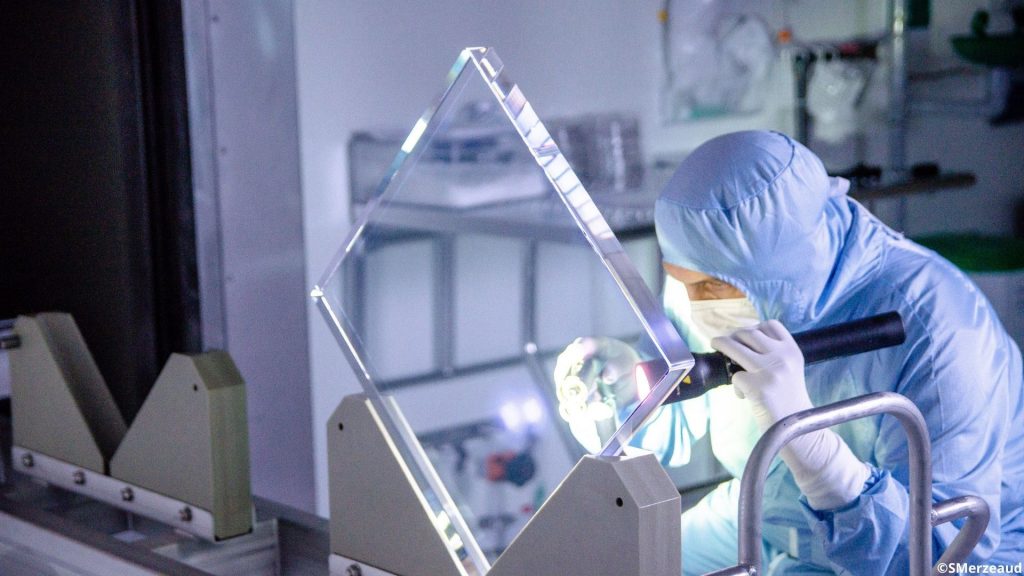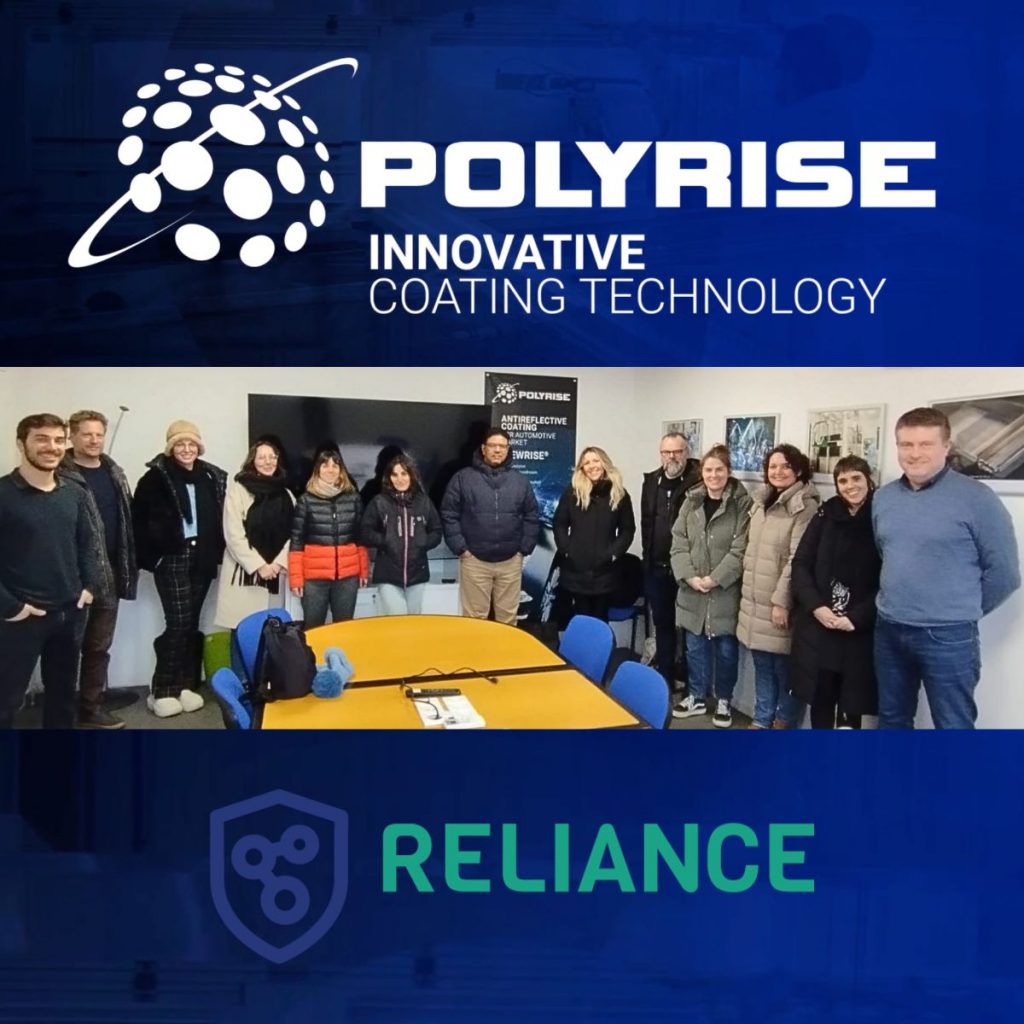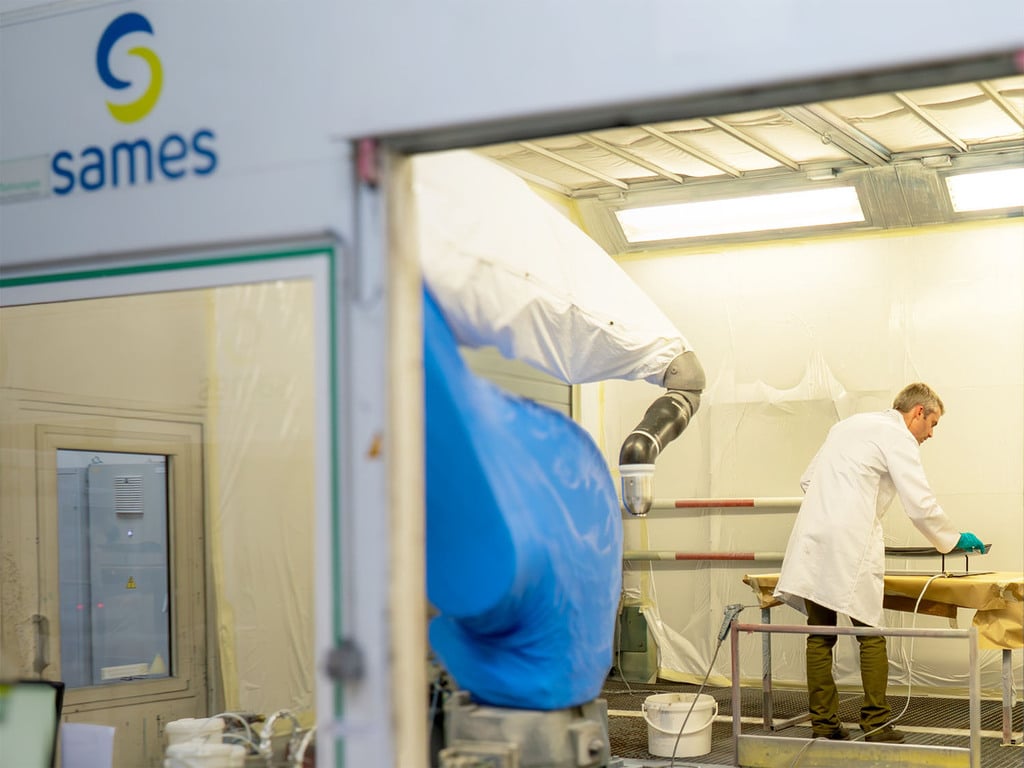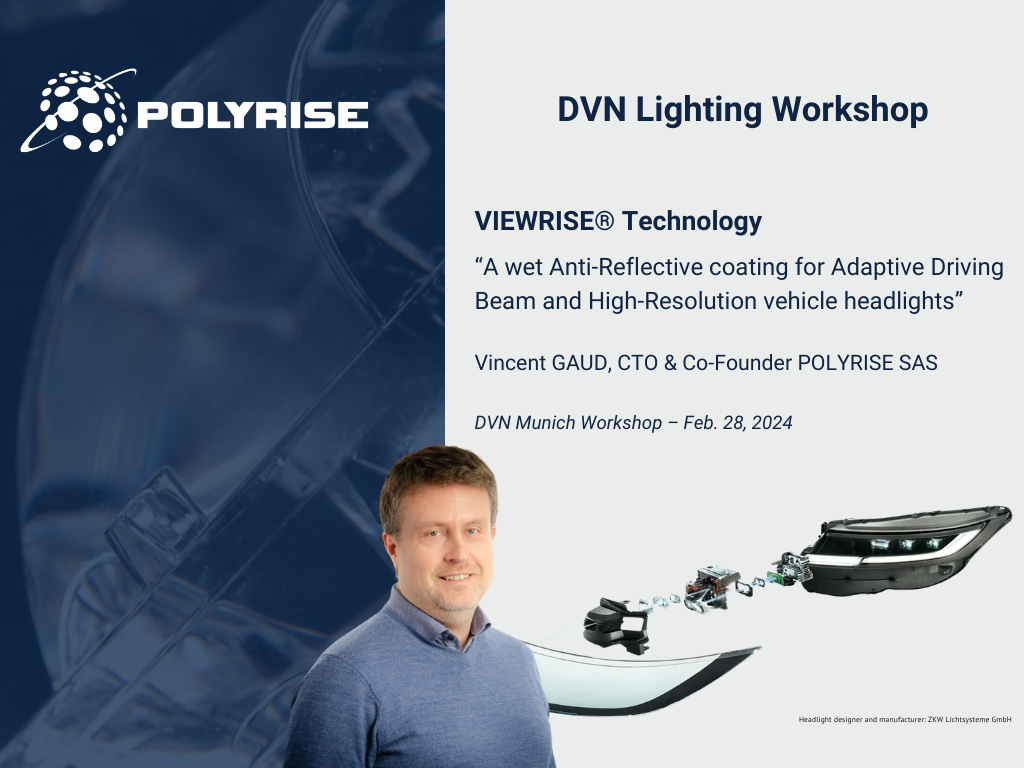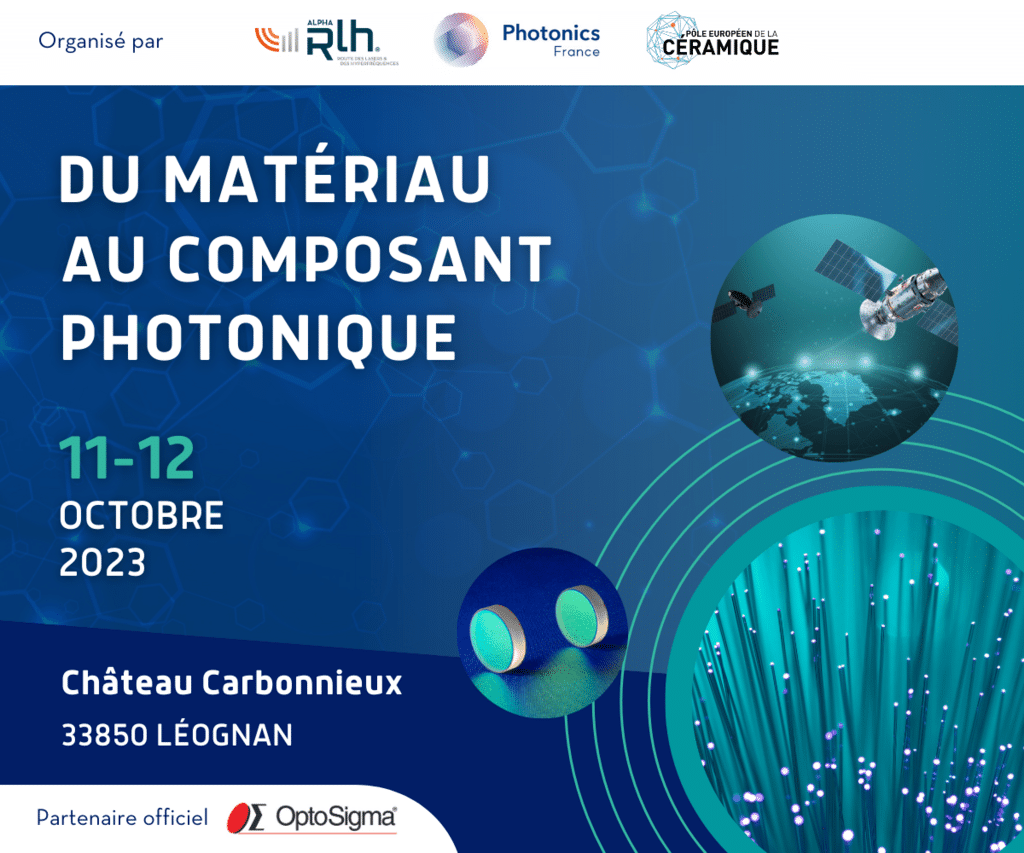Ultra clean Sol-Gel coating: POLYRISE expertise for optics with high resistance to laser flux
A performance challenge for ultra-high-power laser systems
Optics used in high-energy laser systems are subjected to extreme conditions. The ability of these components to withstand laser flux over the long term – without loss of performance or degradation – depends directly on the quality of the surface treatment applied. To guarantee this resistance to laser flux, a single standard is essential: high-precision optical treatment, carried out in an ultra-clean environment, using a controlled process.
This is where POLYRISE comes in, with high standards, as part of the Laser Megajoule (LMJ) project run by the CEA. Alongside CILAS, the company is responsible for the industrial operation of a site dedicated to the sol-gel anti-reflective treatment of large laser optics, under some of the strictest cleanliness and control conditions in the sector.
Sol-gel process: deposition control and flux resistance
Liquid sol-gel coating, applied here by dip-coating, enables the deposition of thin anti-reflective coatings on large optics. The process is based on controlled immersion of the part in a specific solution, followed by controlled removal to ensure a uniform, stable deposit that meets optical performance and laser flux resistance requirements.
The result: optimum transmission, virtual elimination of residual reflections at the wavelength of use, and enhanced resistance to extreme fluence conditions.
Ultra-cleanliness: a prerequisite for laser optics performance
For this type of application, the slightest residual particle can generate heating points through absorption and diffraction, which can damage the surface and reduce the life of the optics and those downstream from the laser chain. Hence the importance of a rigorously controlled production environment in terms of particulate and molecular contamination. POLYRISE operates a 700 m² cleanroom facility, meeting ISO 8 to ISO 5 standards, specially designed for the processing of sensitive optical components.
Each phase is compartmentalized to guarantee a gradual increase in cleanliness:
- ISO 8 for unpacking
- ISO 6 for chemical cleaning, surface activation and treatment application
- ISO 5 for final inspection and packaging
Temperature, humidity and electrostatic charge are constantly monitored. Ultra-pure nitrogen blasts and ionization systems are used to neutralize any particulate pollution. The quality of the materials structuring the environment is also designed to limit molecular contamination.
A structured, reproducible, quality-oriented process
Processing follows a precise protocol, validated at every stage. On entry, optics are rigorously inspected for defects and initial contamination. Cleaning is adapted to the type of amorphous or crystalline substrate, with specific processes including acid solutions, specific detergents or anhydrous solvents, depending on the sensitivity of the material.
The application of the dip-coating or laminar flow coating is chosen and adjusted according to part geometry and specifications. The thickness of the anti-reflective coating is controlled spectrophotometrically. After deposition, the resultant coating is chemically post-processed in a controlled atmosphere to guarantee chemical stability and increase in both abrasion and laser-damage resistance.
Each optic is then visually inspected (negatoscope, white light, darkroom), enabling the slightest particle or imperfection to be detected and qualified, according to standardized criteria. Final packaging is carried out in ISO 5 to ensure total protection until integration to the laser-facility.
Concrete benefits for high-end optics
- Significant reduction in transmission losses
- Significant reduction in parasitic reflections
- Excellent resistance to laser flux
- Increased durability of optical components
- Guaranteed cleanliness right through to final integration
- Compliance with the most stringent industrial requirements
This treatment extends the life of high-value-added optical components, while maximizing the performance of the systems in which they are used.
Strategic know-how for the optics and photonics industries
The surface treatment carried out for the LMJ can be directly transposed to other demanding sectors: defense, aeronautics, space, scientific research, industrial lasers… They all share the same need: high-precision optical components that are stable and reliable over time.
POLYRISE has established itself as a benchmark player in liquid sol-gel surface coating, particularly anti-reflective, in ultra-clean environments. The company puts its know-how at the service of manufacturers seeking high performance, rigor, durability and sovereignty.
contact@polyrise.com

